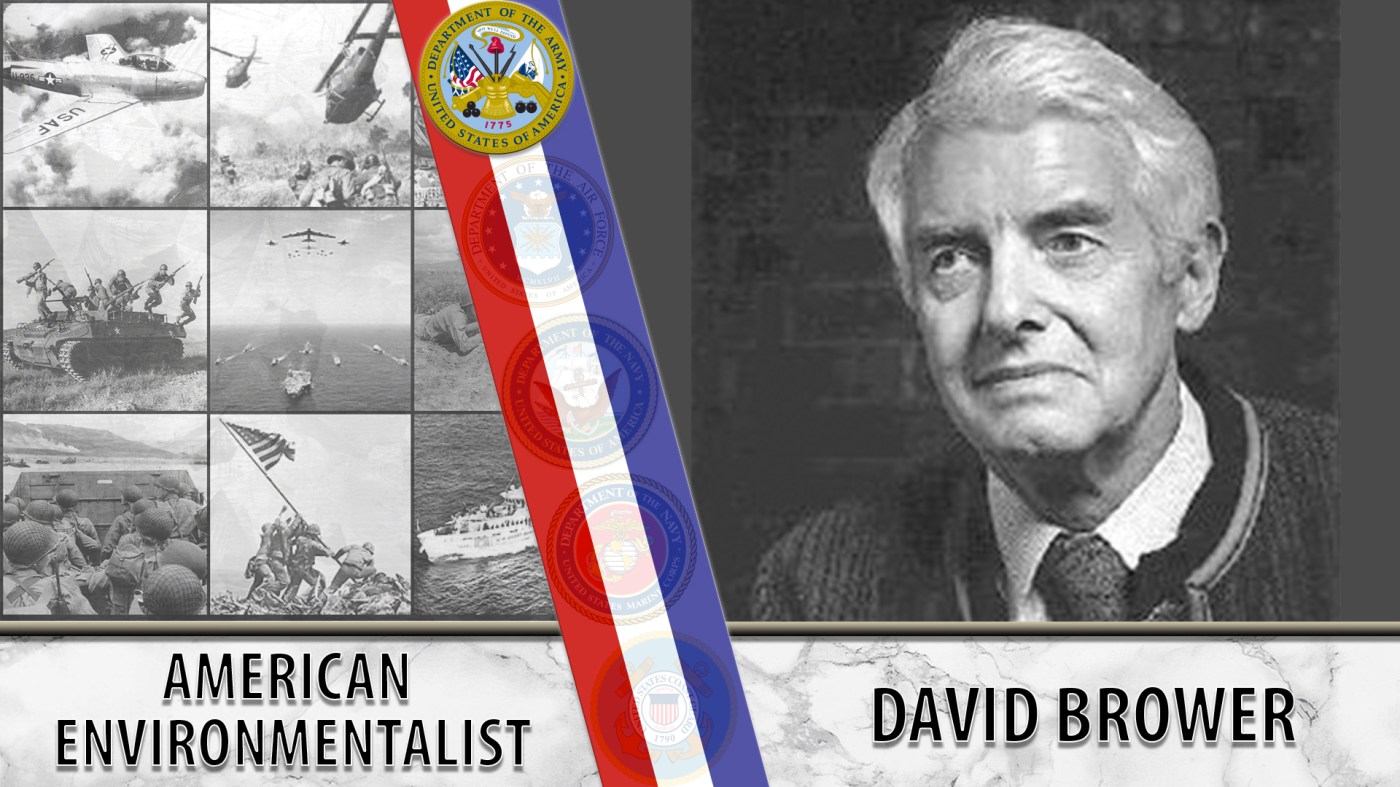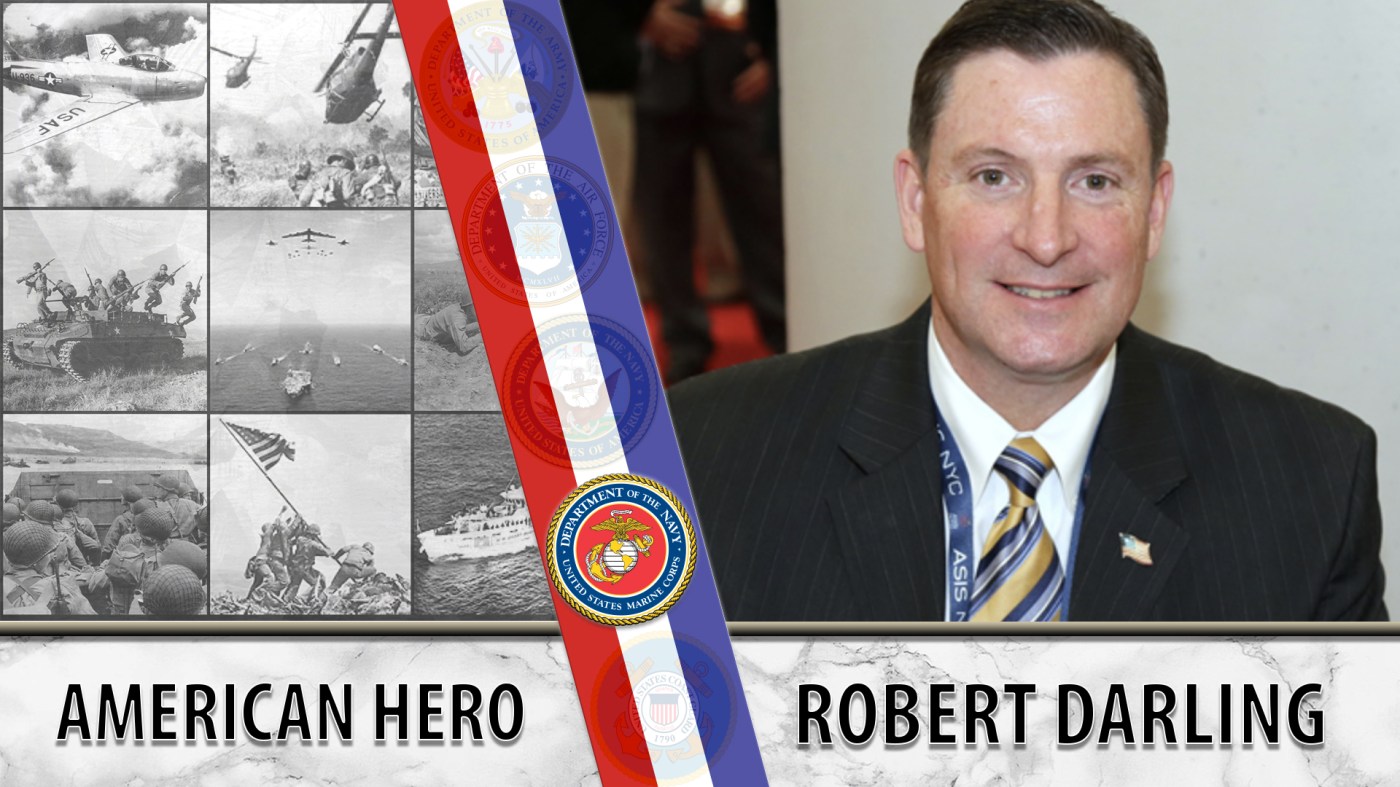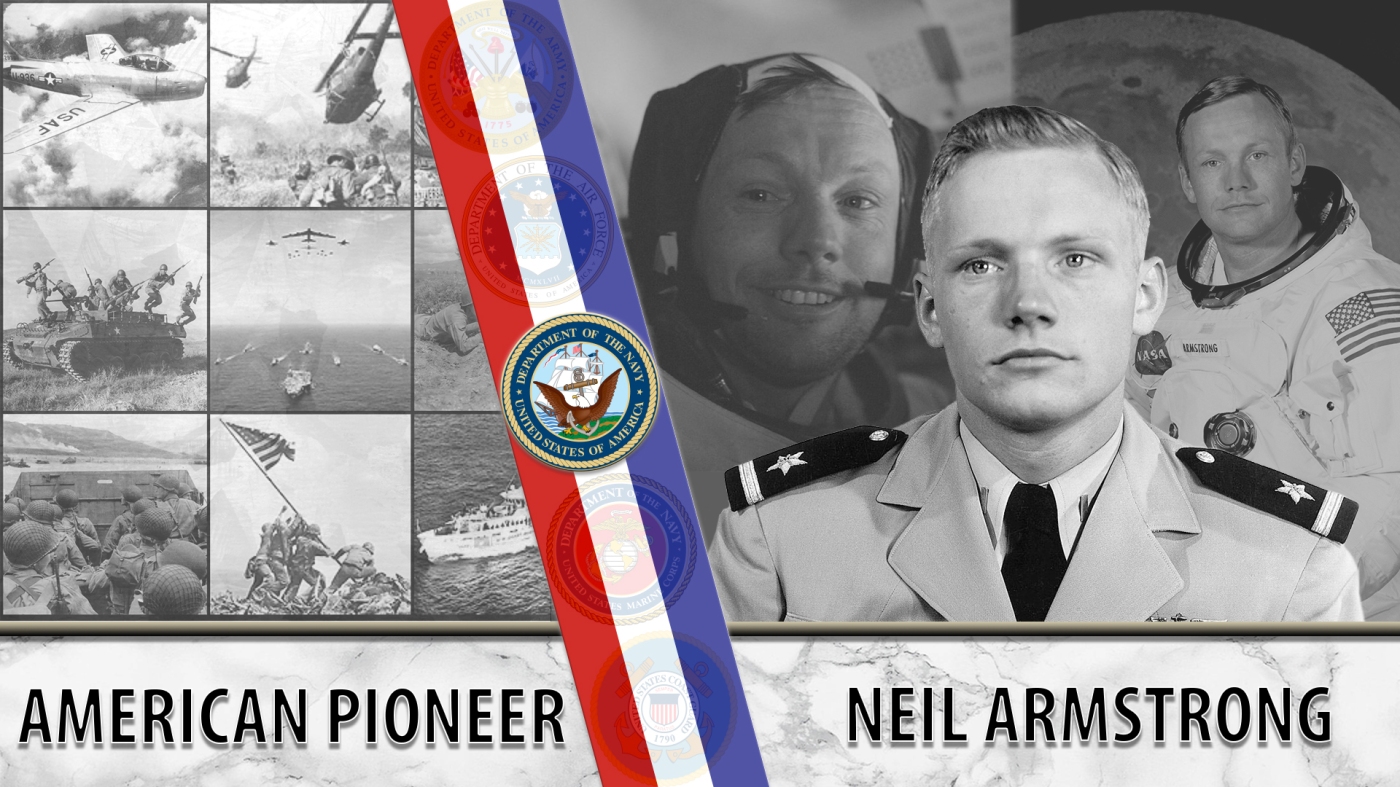
David Brower not only fought for environmentalism and the national parks system, he also fought for the U.S. Army during World War II.
David Brower was interested in nature from a young age. In 1931, he left the University of California and went to work as a publicist for the Curry Company in Yosemite National Park. In 1933, he joined the Sierra Club, sponsored by the famous American landscape photographer, Ansel Adams. In 1939, Brower and the Sierra Club were the first recorded mountaineers to ascend and climb Shiprock, a landmark rock in New Mexico.
When World War II broke out, Brower enlisted in the Army and joined the 10th Mountain Division stationed in Colorado. The division is specially trained to conduct missions on mountainous terrain and in arctic conditions. As a lieutenant, Brower became an editor for the “Manual of Ski Mountaineering,” which was used to train American soldiers for mountain warfare in Europe. Based on his own experience in mountain-climbing, Brower was stationed in the Italian Alps in 1945. He earned a Bronze Star for his service with the 10th Mountain Division. Following the war, he stayed in the Army Reserve and later honorably discharged as a major.
After leaving the Army, Brower became the Sierra Club’s first executive director in 1952. His photo book, “This is the American Earth,” rallied passionate supporters who wanted to protect the environment. In 1952, the Bureau of Reclamation’s Colorado River Storage Project threatened to dam the Dinosaur National Monument in Utah. Brower advised the Congressional Committee against approval of this dam location, recommending Glen Canyon instead. Based on Brower’s recommendation, Congress did not dam the monument.
For Brower’s next campaign, he used advertisements in the New York Times to raise public awareness that the Grand Canyon would be flooded. In a review of his biography, he is quoted asking during his campaign “Should we also flood the Sistine Chapel so tourists can get nearer the ceiling?” Thanks to Brower’s efforts, he was able to prevent the project from continuing.
In 1964, he successfully lobbied on behalf of The Wilderness Society’s legislation: the Wilderness Act. Following his resignation from the Sierra Club in 1969, he went on to create the environmental lobbying group, Friends of the Earth and the League of Conservation Voters. Support for Friends of the Earth was fueled by the first Earth Day in 1970. Friends of the Earth opposed nuclear power, use of Agent Orange in war and the Alaska Pipeline. In 1982, Brower founded the Earth Island Institute and resigned from Friends of the Earth in 1986.
From 1983 to 1988, he was elected to the Sierra Club board of directors. He earned the Sierra Club’s John Muir Award and, as a trailblazer of the conservation movement, PBS released an Earth day film about Brower’s life in 1990: “For Earth’s Sake: the Life and Times of David Brower.” He went on to write three autobiographies. He served on the Sierra Club’s Board of Directors from 1990 until his death.
As the ultimate activist, he helped establish 10 national parks, including the Redwoods National Park in California. Brower was awarded the Blue Planet prize in 1998 and nominated for the Nobel Peace prize three times.
Brower died in November 2000. He was 80.
We honor his service.
Writer: Hannah Nelson
Editors: Katherine Adams, Julia Pack
Researcher: Alexandria Davenport
Graphic Designer: Katie Rahill
Topics in this story
More Stories
Bernie Webber led one of the greatest Coast Guard rescues in history that was later chronicled in the book and movie, “The Finest Hours.”
As the events of 9/11 unfolded, Marine Veteran Robert Darling served as a liaison between the Pentagon and Vice President Dick Cheney in the underground bunker at the White House.
NASA astronaut Neil Armstrong was the first person to walk on the moon. He was also a seasoned Naval aviator.






